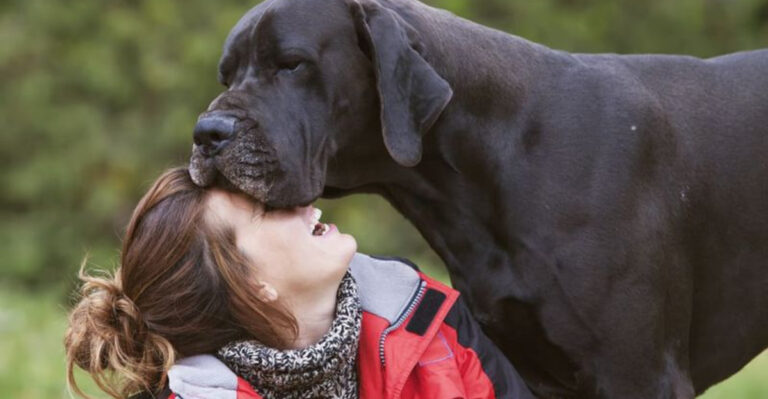9 Things That Bore Dogs Indoors (And 10 Fun Ways To Keep Them Entertained)

Dogs need mental and physical stimulation to stay happy, but when they’re indoors for extended periods, boredom can quickly set in. Without proper outlets, dogs can become restless, anxious, or even develop unwanted behaviors.
Fortunately, there are plenty of ways to keep your dog entertained while indoors. In this article, we’ll explore nine common things that bore dogs indoors and provide ten fun, engaging activities to help keep them entertained and mentally stimulated.
Whether you have a playful pup or a laid-back dog, these tips will ensure your furry friend stays happy and active.
1. Not Enough Playtime With You

Dogs thrive on interaction and playtime with their owners. When they don’t get enough of it, boredom can set in quickly. Playtime isn’t just about physical exercise; it’s also an opportunity for dogs to bond with their humans, which they deeply crave.
Without enough quality time together, dogs may begin to show signs of frustration, like destructive behavior or excessive barking.
The absence of play can also lead to a lack of mental stimulation, leaving your dog feeling under-challenged and unfulfilled. Engaging in regular play sessions not only entertains your dog but also strengthens the connection between you and your furry friend.
2. Lack Of Physical Exercise

Energy builds up like steam in a pressure cooker when dogs don’t get enough movement. Their bodies are designed for action – running, jumping, and playing.
Without proper exercise, this pent-up energy transforms into destructive behaviors or listless depression. A dog’s natural instincts scream for physical activity, and denying this fundamental need is a fast track to boredom.
3. Mental Understimulation

Canine brains crave challenges just as much as their bodies need exercise. Without mental puzzles, dogs become the equivalent of teenagers with nothing to do on a rainy day – trouble follows!
When mental stimulation disappears, boredom creeps in, often leading to unwanted behaviors like excessive barking or chewing inappropriate items.
4. No Access To Outside Views Or Fresh Air

When dogs are kept indoors without access to fresh air or outdoor views, they can quickly become bored. Dogs are naturally curious creatures who enjoy exploring their surroundings and observing the world outside.
Without a window to look out of or a chance to sniff the fresh air, they may feel disconnected from the outside world. This lack of stimulation can lead to restlessness and even anxiety, as they don’t get to experience the sights, sounds, and smells that make their environment feel dynamic.
Providing access to a window or occasionally taking them outside can keep them mentally engaged and content.
5. Routine Monotony

Same walks, same toys, same schedule – day after day. Dogs thrive on novelty just like we do! The predictable patterns of indoor living can become mind-numbingly dull for our four-legged companions.
Without variety, their curious minds start searching for entertainment elsewhere. This often manifests as digging, chewing, or other unwanted behaviors that give them something – anything – different to experience in their otherwise unchanging world.
6. Social Isolation

Pack animals at heart, dogs wither in loneliness. Extended periods without interaction can trigger profound boredom and even depression in our social companions.
The silence of an empty house weighs heavily on dogs who evolved to live in groups. Without regular social contact—canine or human—they miss vital stimulation that keeps their minds engaged and spirits high.
7. Limited Environmental Access
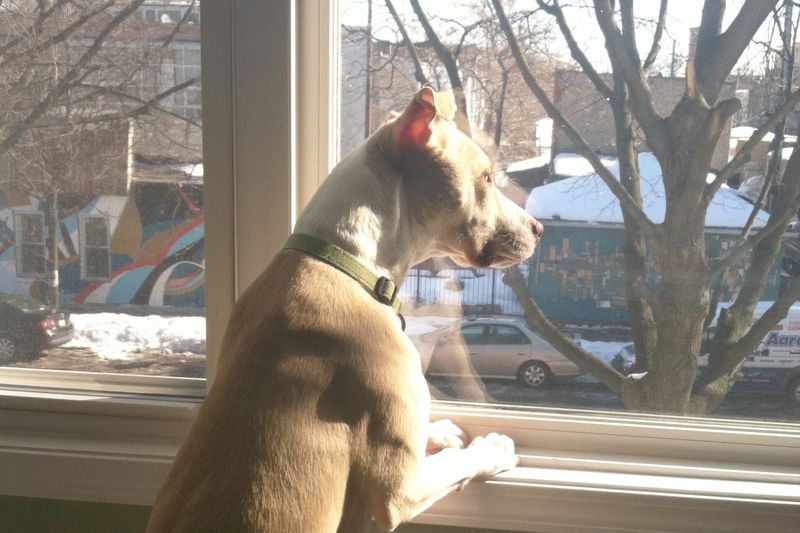
Confined to the same few rooms day after day, dogs miss out on the sensory buffet of the outside world. Smells, sounds, and sights become painfully limited.
Their incredible senses – especially that remarkable nose with up to 300 million scent receptors – go tragically underused. This sensory deprivation creates a perfect storm for boredom and frustration in our indoor companions.
8. Lack Of Purpose
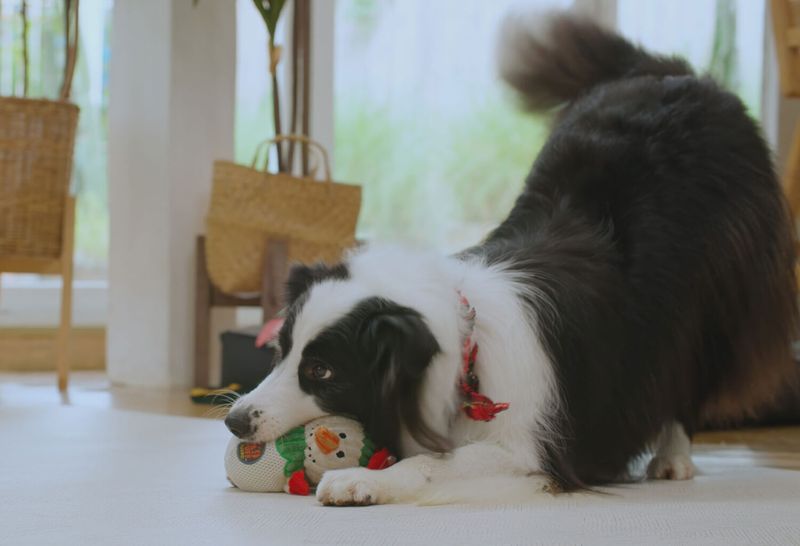
Working breeds particularly suffer when denied their genetic calling. Border Collies without herding, Retrievers without retrieving – it’s like taking away their life’s purpose!
Dogs evolved alongside humans performing specific jobs, and these instincts remain hardwired in their DNA. Without fulfilling their breed-specific drives, many dogs experience a profound emptiness.
9. Insufficient Attention
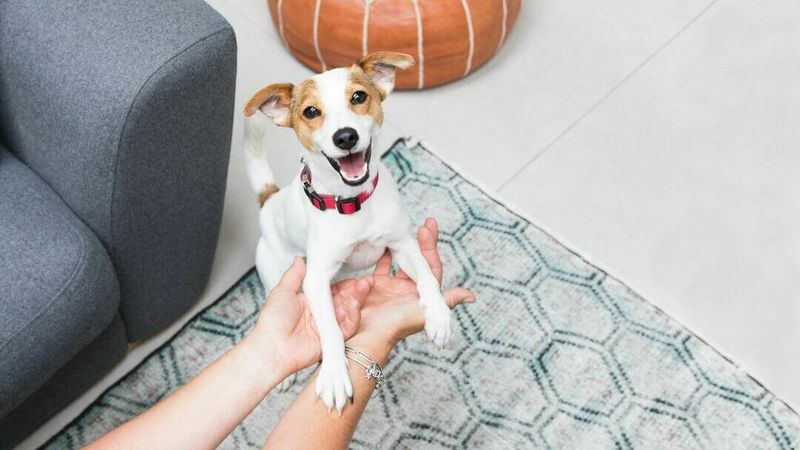
Half-hearted pats while scrolling through your phone don’t count as quality interaction! Dogs crave focused engagement with their humans, not just physical proximity.
When we’re physically present but mentally absent, our dogs notice. This emotional disconnect leaves them feeling ignored and unstimulated.
10. Interactive Puzzle Toys
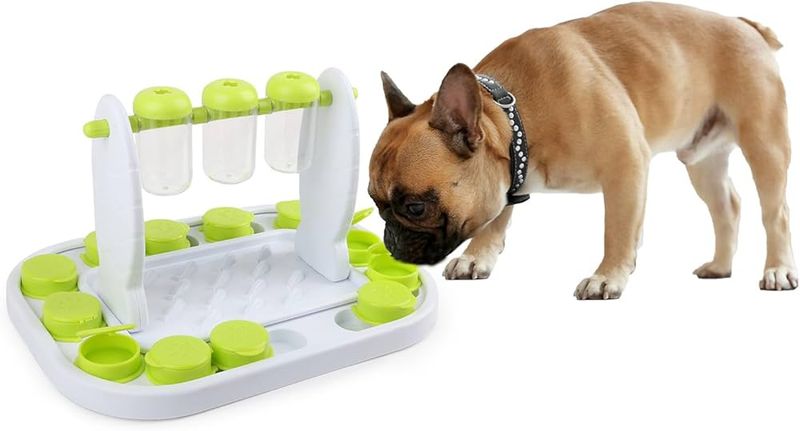
These clever contraptions transform mealtime into brain-boosting challenges! Fill them with kibble or treats and watch your pup problem-solve their way to delicious rewards.
The mental effort required to extract food engages their natural foraging instincts. Dogs experience satisfaction on multiple levels – the thrill of the challenge, the reward of food, and the pride of accomplishment.
11. Rotating Toy Collection
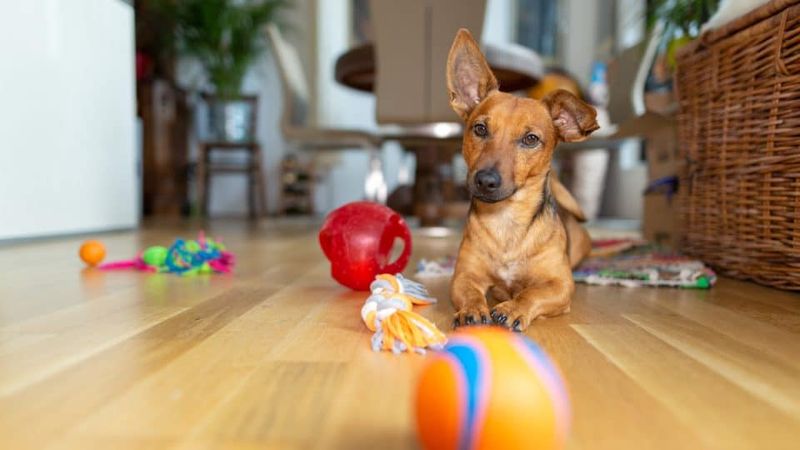
Novelty sparks joy in the canine brain! Instead of leaving all toys available, create a rotation system where “new” toys appear every few days.
Dogs quickly grow bored with constant access to the same playthings. By storing most toys away and cycling different ones in regularly, each reappearance feels fresh and exciting.
12. Scent Games

Transform your living room into a treasure hunt wonderland! Hide treats around the house and encourage your dog to find them using their remarkable nose.
This activity taps into their most powerful sense – smell – providing mental stimulation that visual games simply can’t match. Start easy with treats partially visible, then increase difficulty as they master the game.
13. Training Sessions
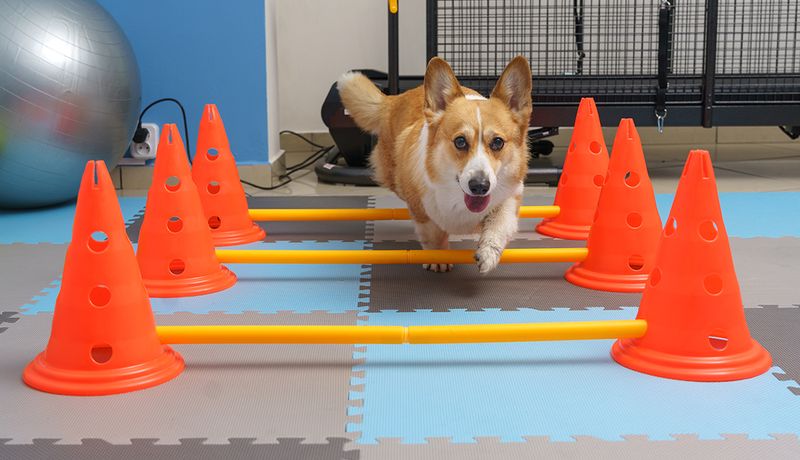
Five-minute training bursts sprinkled throughout the day work wonders for bored brains! Teaching new tricks challenges their intelligence while strengthening your bond.
Dogs thrive on learning and pleasing their humans. These mental workouts satisfy their need for purpose and direction.
14. Indoor Fetch Variations

Hallway bowling, anyone? Roll balls down corridors or toss soft toys between rooms for apartment-friendly exercise sessions.
No yard doesn’t mean no fetch! Use plush toys instead of hard balls to protect furniture. Teach “gentle” commands to prevent wild bouncing. These games provide physical outlets while building impulse control.
15. Snuffle Mats

These fabric foraging mats transform mealtime into a stimulating treasure hunt! Sprinkle kibble among the fabric strips and watch your dog’s natural searching instincts activate.
The searching action mimics natural foraging behaviors that dogs rarely get to express in domestic settings.
16. DIY Obstacle Courses
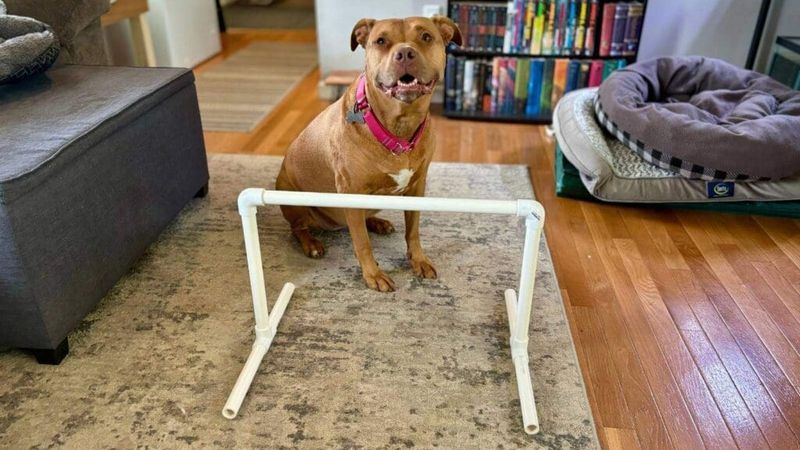
Transform your living room into a canine gymnasium using household items! Cushions become jumps, broomsticks across chairs form hurdles, and open boxes create tunnels.
Guide your pup through this homemade agility course with treats and encouragement. The physical challenge combines with mental focus as they learn to navigate each obstacle.
17. Interactive TV And Apps
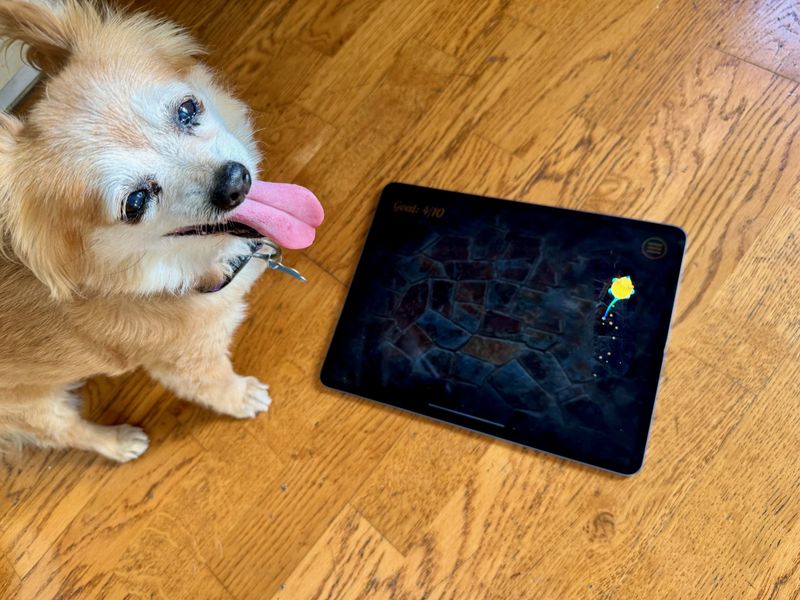
Welcome to the digital age of dog entertainment! Special videos featuring moving animals, balls, or other enticing objects can captivate canine attention.
Apps designed specifically for dogs use colors they can see and movements that trigger their prey drive. While not a replacement for physical play, these high-tech solutions provide novel mental stimulation during bad weather or when you’re busy.
18. Frozen Kong Treats

These rubber time-bombs of deliciousness keep dogs happily occupied for ages! Fill Kong toys with a mixture of kibble, healthy treats, and a binding agent like yogurt or peanut butter.
Freezing creates a long-lasting challenge that rewards persistent licking and chewing. The mental focus required to extract every last morsel provides excellent cognitive stimulation.
19. Playdates With Doggy Friends

Nothing beats canine companionship for comprehensive entertainment! Arrange indoor meetups with compatible dog friends for supervised play sessions.
Dogs learn crucial social skills while burning energy through wrestling, chasing, and playing. Even brief encounters provide hours of mental processing afterward.


